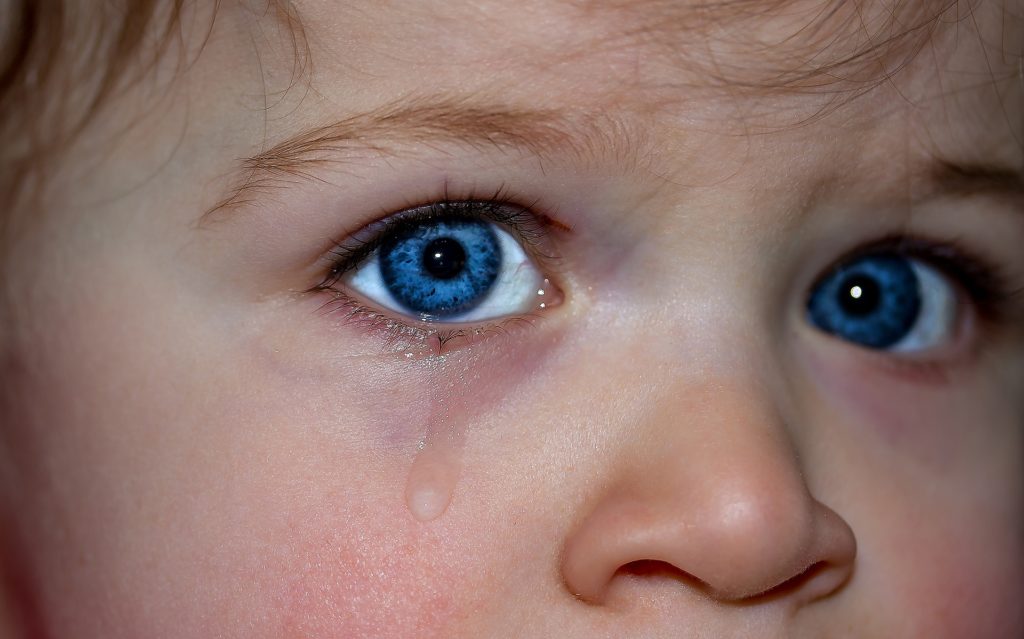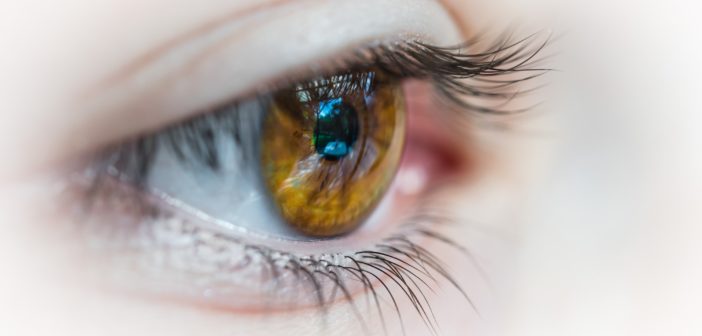Most people are familiar with a gunky eye condition called conjunctivitis. But did you know there are different types of conjunctivitis and how to treat them?
What is Conjunctivitis?
Conjunctivitis is inflammation of the conjunctiva, which is the transparent lining of the eyelids and white part of the eye. This is why it is also sometimes called ‘pink eye’ as the white of the eye can appear reddy-pink when inflamed. It can also be called ‘sticky eye’.
What does Conjunctivitis look like?
Symptoms include:
- Watery eyes
- Redness
- Itchy or “sandy” feeling in eyes
- Light sensitivity
- Yellow or green discharge which forms a crust on lashes or eyelids sticking together (most common after sleep)
What causes Conjunctivitis?
There are different types of conjunctivitis, depending on the cause. The type of conjunctivitis determines the treatment. It is possible to have more than one type at a time.
A formal diagnosis requires a swab and lab tests which is not usually done unless it is a severe case. Your doctor will usually examine the eyes and make a diagnosis on presentation, other symptoms and history.
Viral
Viral infection is one of the most common form of conjunctivitis. It is often accompanied by cold symptoms such as runny nose, cough or sore throat. Viral conjunctivitis is highly contagious and can be passed on by sneezing, coughing or through contact with towels, pillowcases, etc., or unwashed hands.
How to treat it
In most cases viral conjunctivitis simply needs to run its course, depending on the virus. Anti-viral medication may be prescribed by the doctor in certain cases.
Eye drops from the pharmacy can help reduce irritation. For children, special eye wipes are also available or use a sterile saline solution and clean cloth to clean the eye. Wipe away from the nose to the outside of the eye to help prevent spread of infection from one eye to the other.

Bacterial
Bacterial conjunctivitis is also very common, especially in children, and can be accompanied by cold symptoms. The discharge associated is likely to be thicker and eyes are more likely to stick together with this type of conjunctivitis. It is also highly contagious. Babies can also get blocked tear ducts which can be dangerous.
How to treat it
It can be treated by antibiotic eye drops or ointment and treatment should continue 2 days after discharge clears. Eyes can be wiped free of crust as per viral conjunctivitis.
In the case of infants, immediate review by a doctor is required.
Allergic
Characterised by itchiness and watering, conjunctivitis can be triggered by allergies such as animal fur, pet hair, pollution or cosmetics.
How to treat it
An antihistamine may help in the treatment of allergic conjunctivitis or drops for dry eyes. A cold compress on eyes may also provide some relief.
Trauma/Injury
Getting something in your eye such as a foreign object or splashed chemicals can cause irritation of the conjunctiva.
How to treat it
Irrigation of the eye with water immediately can help but if there is an object in there it will need to be removed by a doctor.
Prevention
- Exclusion from school/childcare until eyes are clear is important to stop the spread of conjunctivitis.
- Don’t touch face or eyes.
- Don’t share towels, pillowcases, face washers or cosmetics.
- Wash hands properly.
- Ensure hygienic practices when handling contact lenses.

